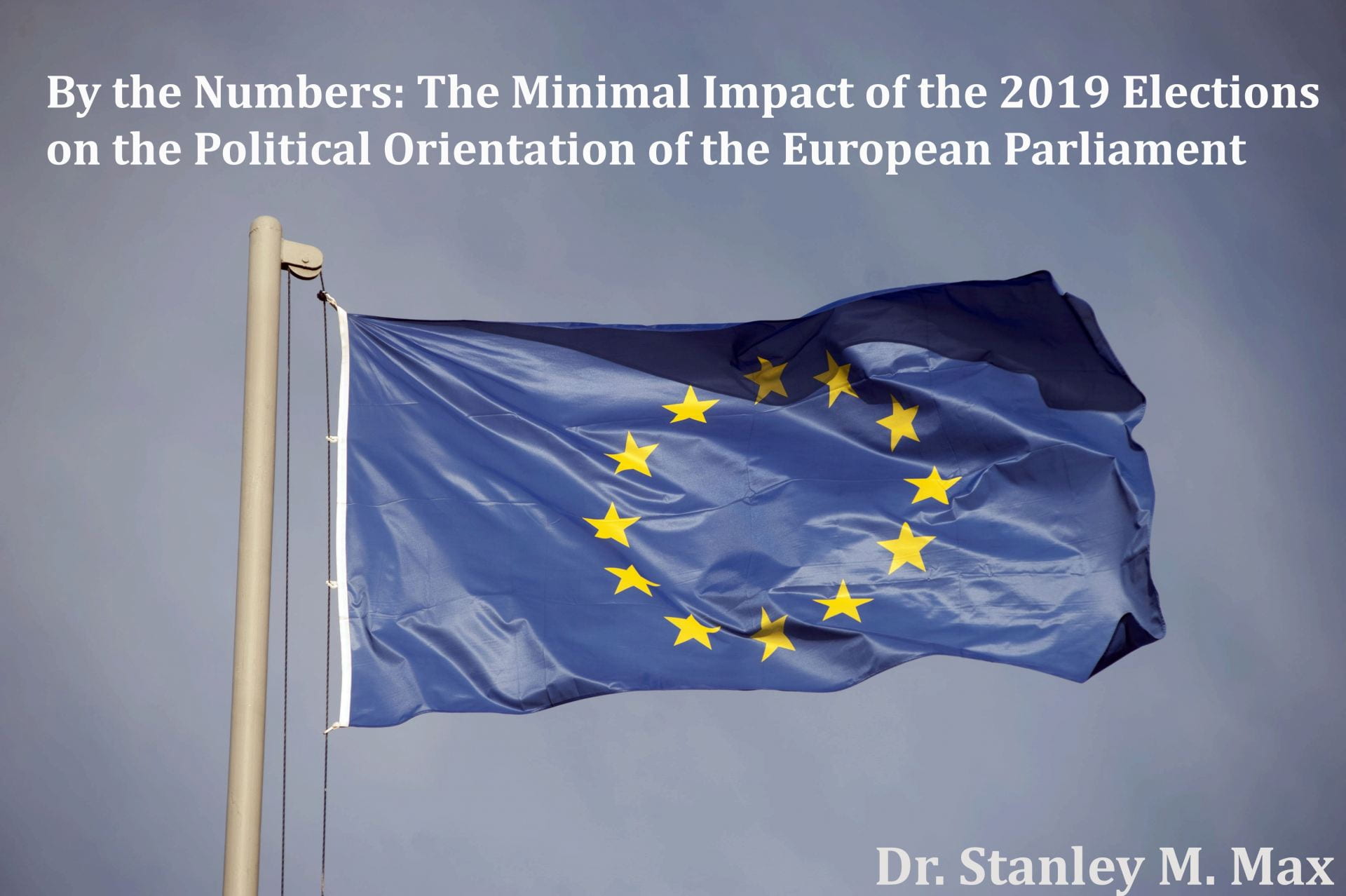Volume LIII – Number 2
Stanley M. Max
Abstract: Prior to the elections for the 2019–2024 session of the European Parliament (EP), held in May 2019, some analysts and commentators speculated that the right wing or Eurosceptics would triumph and drastically shift the EP’s political orientation. First, this study identifies the Political Groups within the European Parliament and categorizes them as belonging to the Left, the Center, or the Right. Then, relying upon the copious election data provided by the European Union’s website, the article examines the outcome of the 2019 election and concludes that a political upheaval did not occur. A very minor polarization did take place, the analysis concludes, as the Left Wing and the Right Wing made slight electoral gains alongside a corresponding minor decrease in the performance of the Center. Despite predictions to the contrary, nothing even approaching a political seismic event took place.
Keywords: 2019 European Parliament election, European Parliament, European Union, Political
groups of the European Parliament
About the Author: Stanley M. Max earned a Ph.D. in European History from the State University of New York at Albany in 1980. While his first love is history, Dr. Max realized that he could teach mathematics and statistics more effectively. He went on to earn a baccalaureate in mathematics, a master’s degree in business administration, and a master’s degree in statistics, all from the University of Southern Maine, and he currently serves as a Lecturer in Mathematics at Towson University. He closely follows current international events and likes to apply his mathematical knowledge to historical studies, which he has done in the current article. Matters pertaining to the European Union particularly interest him, which led him to examine the 2019 elections to the European Parliament.




You must be logged in to post a comment.